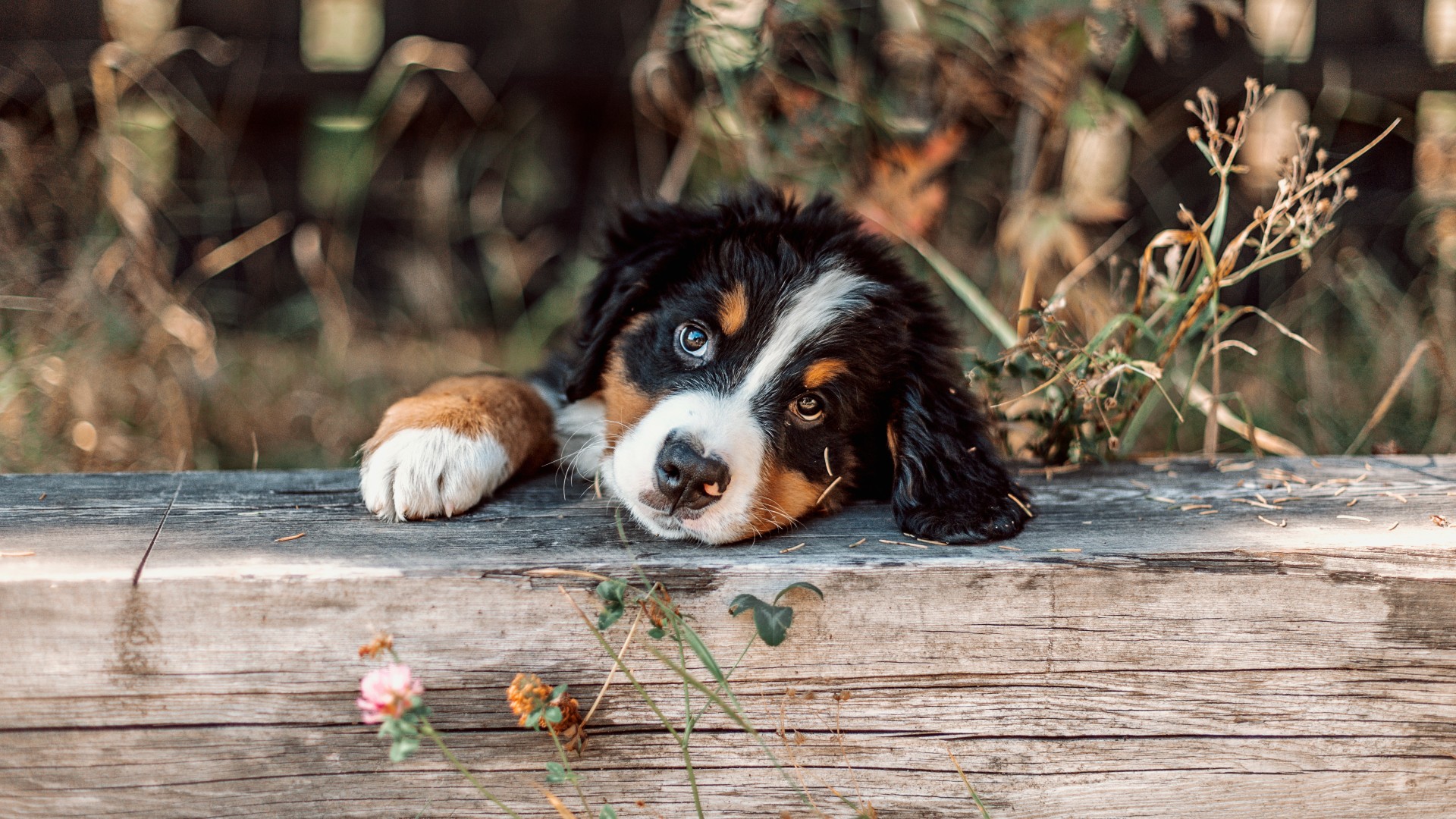Trainer shares three common mistakes to avoid when socializing your puppy
Implement these top trainer tips and help your puppy comfortably adjust to the world around them

If you've just welcomed a new bundle of fur into your family - congratulations! Being a parent to a puppy can be a wonderful experience, but as you're probably learning, there's a lot more to it than trying to decide on which of the best puppy toys to buy and what food is going to tick the boxes for both flavor and nutrition.
Potty training, crate training, and teaching your pup to walk nicely on their lead, all take a great deal of time, patience, and consistency. And then there's socialization, an area where expert dog trainer and behaviorist Amelia Steele says she often sees mistakes being made.
So, what exactly are the most common mistakes we're making as pet parents when it comes to socializing our puppies? Well, in a useful video shared on Instagram, which you can view below, Steele breaks down each of these errors and reveals what we should be doing instead.
A post shared by Amelia The Dog Trainer (@ameliathedogtrainer)
A photo posted by on
1. Waiting until your puppy is fully vaccinated before taking them out of the house
"Yes, they can't go on the floor and they can't go for a walk before they've had all of their vaccinations, however, it's perfectly safe to carry them around," explains Steele. "You want them to start seeing things as soon as possible, so carrying them around either in your arms or in a sling is a really good way to safely expose them to sights and sounds."
Steele goes on to say that not exposing them to the outside world for 20-30 minutes a day in those early weeks of life could lead them to become fearful later on when they finally do go outside - something that has the potential to trigger lifelong behavioral issues.
2. Only focusing on dog socialization
"Socializing your puppy with other dogs is a part of socialization, but it shouldn't be all of it," advises Steele. "In that sensitive phase between about eight and 16 weeks, you want to make sure that your puppy is being exposed to different places, people, sights, sounds, smells, textures, and even loud noises."
3. Taking an extreme approach to socialization
"You're either exposing your dog to every single dog they meet or none of them," says Steele. "It's really important that you show your dog that it's a balance. Sometimes they get to meet other dogs, sometimes you'll just walk by. Yes it's important that they learn social skills, but you also don't want them to be meeting every single other dog - this in itself could cause reactivity."
Get the best advice, tips and top tech for your beloved Pets
Steele suggests adopting a 1:4 ratio with your puppy, so for every dog they get to meet, you should walk past at least four without saying hello.
Remember, training and socializing your puppy takes time and requires a consistent approach. If you feel you'd like some 1:1 support to help your four-pawed pal learn the ropes of what's expected of them, we recommend reaching out to a professional dog trainer for advice and guidance.
If you enjoyed this piece and are looking for more great tips and tricks to help you socialize your little fur friend, check out our guide to how to play with a puppy.

Kathryn is a freelance writer who has been a member of the PetsRadar family since it launched in 2020. Highly experienced in her field, she's driven by a desire to provide pet parents with accurate, timely, and informative content that enables them to provide their fur friends with everything they need to thrive.
Kathryn works closely with vets and trainers to ensure all articles offer the most up-to-date information across a range of pet-related fields, from insights into health and behavior issues to tips on products and training.
When she’s not busy crafting the perfect sentence for her features, buying guides and news pieces, she can be found hanging out with her family (which includes one super sassy cat and a kitten), drinking copious amounts of Jasmine tea and reading all the books.
She has written for a range of publications, including Fit&Well, Top Ten Reviews, LiveScience, Goodto, and Product Hunt.
